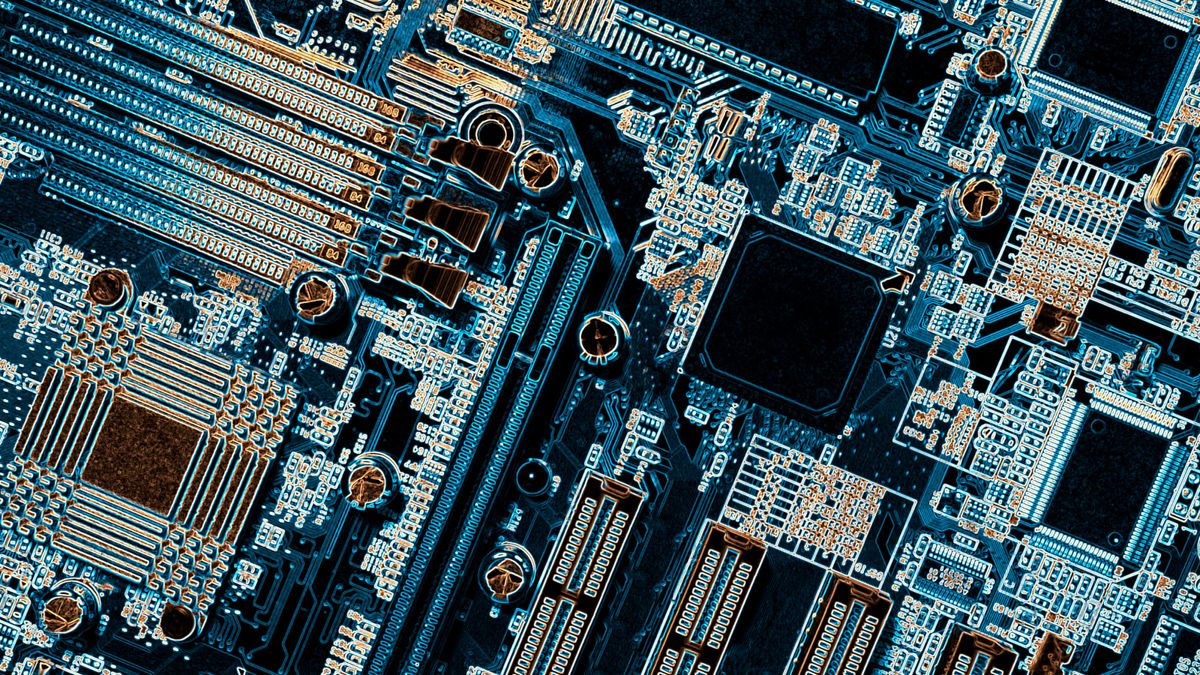Researchers have developed a new type of transistor that they say could “change the world of electronics” within the next two decades.
The new transistor is built using an ultrathin material created from stacked, parallel layers of boron nitride, which researchers claim can switch between positive and negative charges in nanoseconds and withstand over 100 billion cycles without wearing down.
This makes it ideal not only for high-speed, energy-efficient electronic devices, but also for denser memory storage. Because boron nitride is so thin — and because the voltage needed for switching polarization scales with thickness — transistors made from this material would have remarkably low power demands.
In a statement, the researchers said the material’s properties “already meet or exceed industry standards” compared to existing transistor materials. They published their findings June 6 in the journal Science.
“In my lab we primarily do fundamental physics. This is one of the first, and perhaps most dramatic, examples of how very basic science has led to something that could have a major impact on applications,” study co-author Pablo Jarillo-Herrero, a professor of physics at MIT, said in the statement.
Boron nitride can switch between positive and negative charges in billionths of a second thanks to its ferroelectric properties. This is a term used to describe materials that have spontaneous electric polarization (separation of positive and negative charges) that can be reversed by applying an electric field. In the new material, this polarization occurs due to a unique sliding action of the material’s layers that happens when it is subjected to an electric current. As the layers of boron nitride slide past each other, the positions of the boron and nitrogen atoms change, causing the charges to switch.
The researchers likened the process to “pressing your hands together then slightly shifting one above the other.” This changes the material’s electronic properties without wearing it down — unlike flash memory made from conventional materials.
“Each time you write and erase a flash memory, you get some degradation. Over time, it wears out, which means that you have to use some very sophisticated methods for distributing where you’re reading and writing on the chip,” said Raymond Ashoori, co-author of the study and professor of physics at MIT, in the statement.
Ashoori added: “When I think of my whole career in physics, this is the work that I think 10 to 20 years from now could change the world.”
Despite all its promise, the researchers admitted they faced challenges in getting the new ferroelectrics into production, which they noted was “difficult and not conducive to mass manufacturing.” The researchers are now working with other industry groups to address this.
“If people could grow these materials on the wafer scale, we could create many, many more,” said study co-author Kenji Yasuda, an assistant professor of applied and engineering physics at Cornell University. “There are a few problems. But if you solve them, this material fits in so many ways into potential future electronics. It’s very exciting,” added Ashoori.











